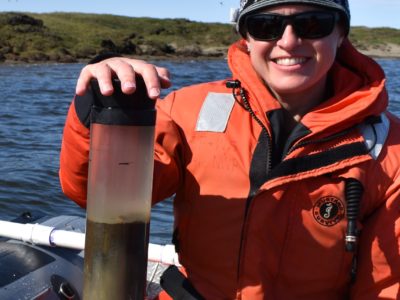
Spring Melt Matters
Spring Melt Matters
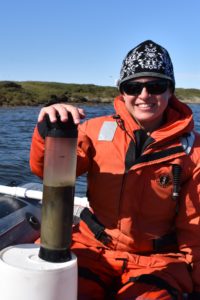
Credit: Mike Rawlins
Over half of the fresh water and water-borne nutrients flowing from land to the Alaska Beaufort Sea each year are delivered during a two-week period in the spring — earlier than most seasonal Arctic research begins. These inputs are dominated by three large rivers that flow into the central Alaska Beaufort Sea. The composition of nutrients in river water also varies markedly across Alaska’s North Slope; proportions of inorganic versus organic nutrients in rivers feeding the Beaufort Sea increase with watershed steepness from west to east across the region.
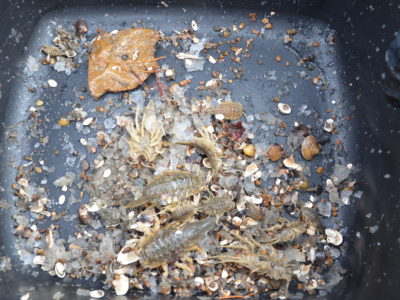
Diverse Carbon Sources Fuel Food Webs
Diverse Carbon Sources Fuel Food Webs
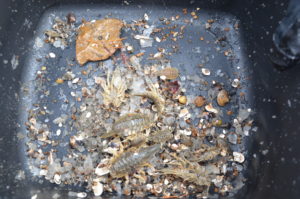
Credit: BLE LTER
Most consumers in Beaufort Sea lagoons exhibit omnivorous (generalist) feeding strategies. Food web structure shifts with the seasons as food sources change from ice cover to open water. Multiple food sources provide sustenance to consumers including allochthonous (marine and terrestrial/ riverine organic matter) and autochthonous (microphytobenthic and phytoplankton) organic matter.
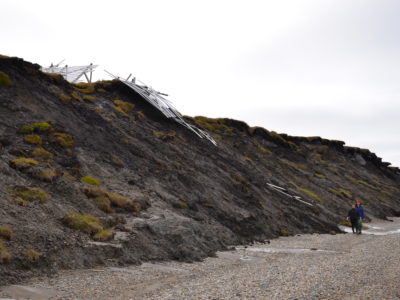
Coastal Erosion is Increasing
Coastal Erosion is Increasing
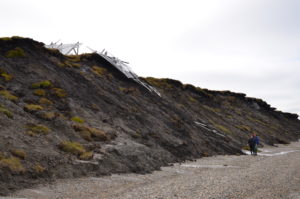
Two Inupiat BLE LTER students stand at the base of an eroding shoreline on Barter Island
Credit: BLE LTER
Consistent with reports from other regions of the Arctic and the Beaufort Sea Coast, coastal erosion rates appear to have increased along the shores of Elson Lagoon near Utqiaġvik (formerly Barrow) over the last half century. Areas with historically low erosion rates are changing faster, but rates do not exceed those of areas with historically high erosion.
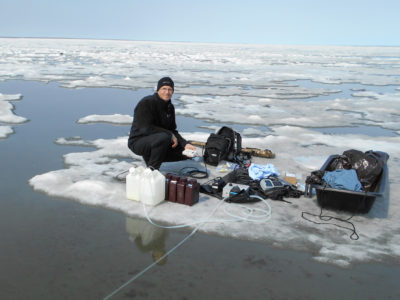
Extreme Variability in Physio-Hydrological Conditions
Extreme Variability in Physio-Hydrological Conditions
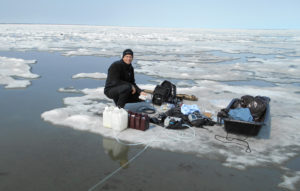
Researcher James McClelland sampling water during ice break-up in Kaktovik Lagoon, Alaska.
Credit: Ken Dunton
Beaufort Sea lagoons experience large seasonal variations in temperature and salinity related to the Arctic freeze-thaw cycle. In the most extreme cases, lagoons swing from completely freshwater conditions during the spring to hypersaline conditions during the winter. Variations in salinity regimes among lagoons are modulated by ocean exchange characteristics and proximity to river mouths. Water transparency is highest during ice break-up, but following ice retreat, wind driven sediment resuspension increases light attenuation.










